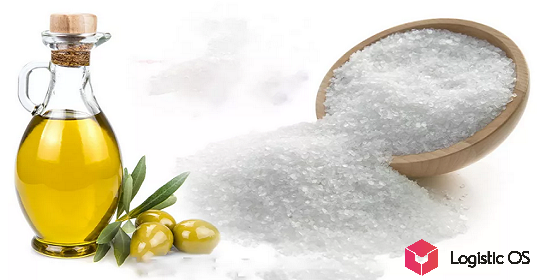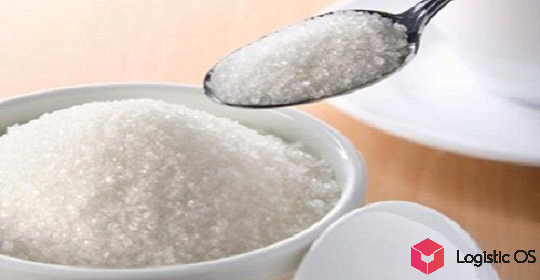According to the latest data, the increase in sown areas last year led to record results in terms of wheat production.
The durum wheat harvest last year in the Russian Federation amounted to about 2.4 million tons, while in 2023 this figure was at the level of 700 thousand tons.
That is, there is a more than threefold increase, which is a very significant result.
Experts emphasize that this is inextricably linked with the fact that in 2024, the sown area for wheat was expanded to 1.4 million hectares.
At the same time, durum wheat production is at different levels in different regions.
It is most actively carried out in the Volga Federal District, where about 1.1 million tons are produced, which is 45% of the total Russian volume.
In particular, in the Orenburg region, 650 thousand tons of durum wheat were produced in 2024, which is more than 4 times higher than the result of the previous year.
In Bashkiria, durum wheat production increased by as much as 6 times and reached 200 thousand tons.
The Ural Federal District also attracts attention, which became the second after the Volga Federal District, where about 600 thousand tons of durum wheat were harvested.
This is a 2-fold increase compared to the result of 2023.
The Siberian region increased the durum wheat harvest by 5 times, to 300 thousand tons.
It is noted that a significant increase in the production of durum wheat, however, did not lead to an increase in its exports.
On the contrary, there was a significant decrease: in 2024, 400 thousand tons of durum wheat were sold abroad, which is 2.7 times less than a year earlier.
The positive thing is that Russia has discovered new markets for durum wheat supplies. For example, these include Lebanon, Kyrgyzstan and Afghanistan.
Algeria and Tunisia are also promising.
At the same time, we had to deal with the fact that some traditional importers of durum wheat from Russia have reduced imports. These include Turkey and Belarus, as well as Kazakhstan and China.
“It is noteworthy that Russian durum wheat is strengthening its position in markets traditionally dominated by Canada and European countries,” said Maria Shostak, Director of the Altai branch of the Federal Center for Assessment of Safety and Quality of Agricultural Products.
At the same time, there is reason to believe that in 2025, the negative trends in the export of durum wheat may be reversed.
For example, in just 2 months of the beginning of the year, Russia sent about 123 thousand tons abroad. This is more than 25% of the total volume last year.

